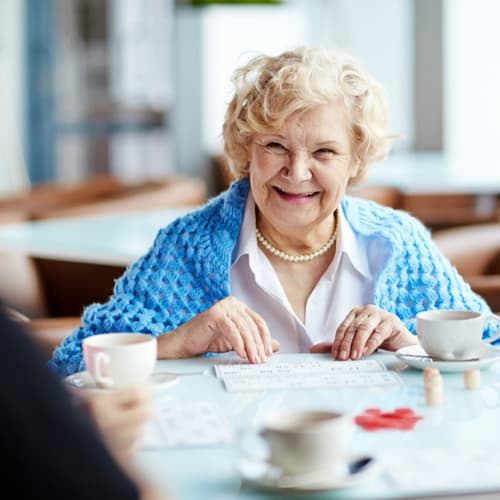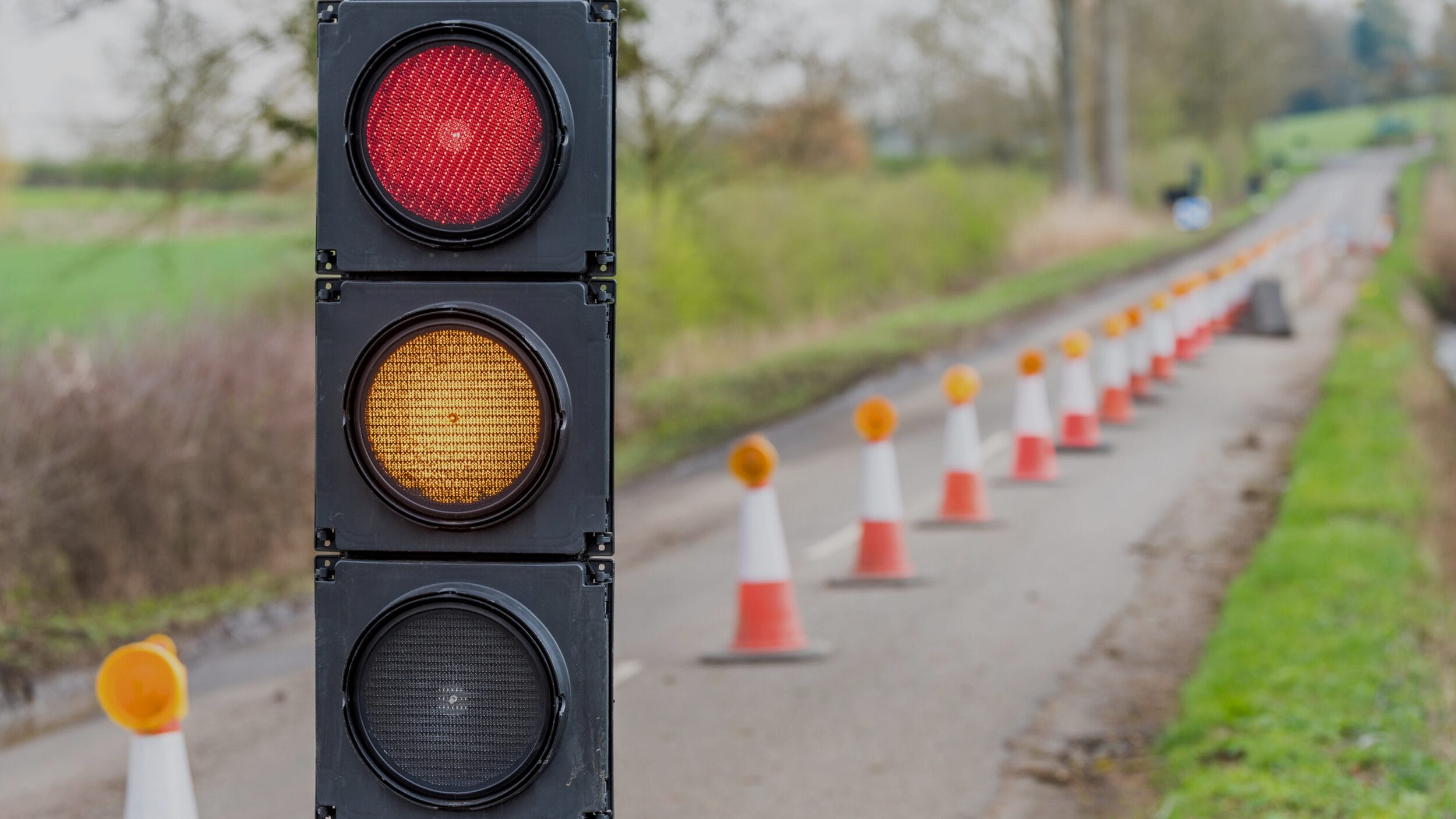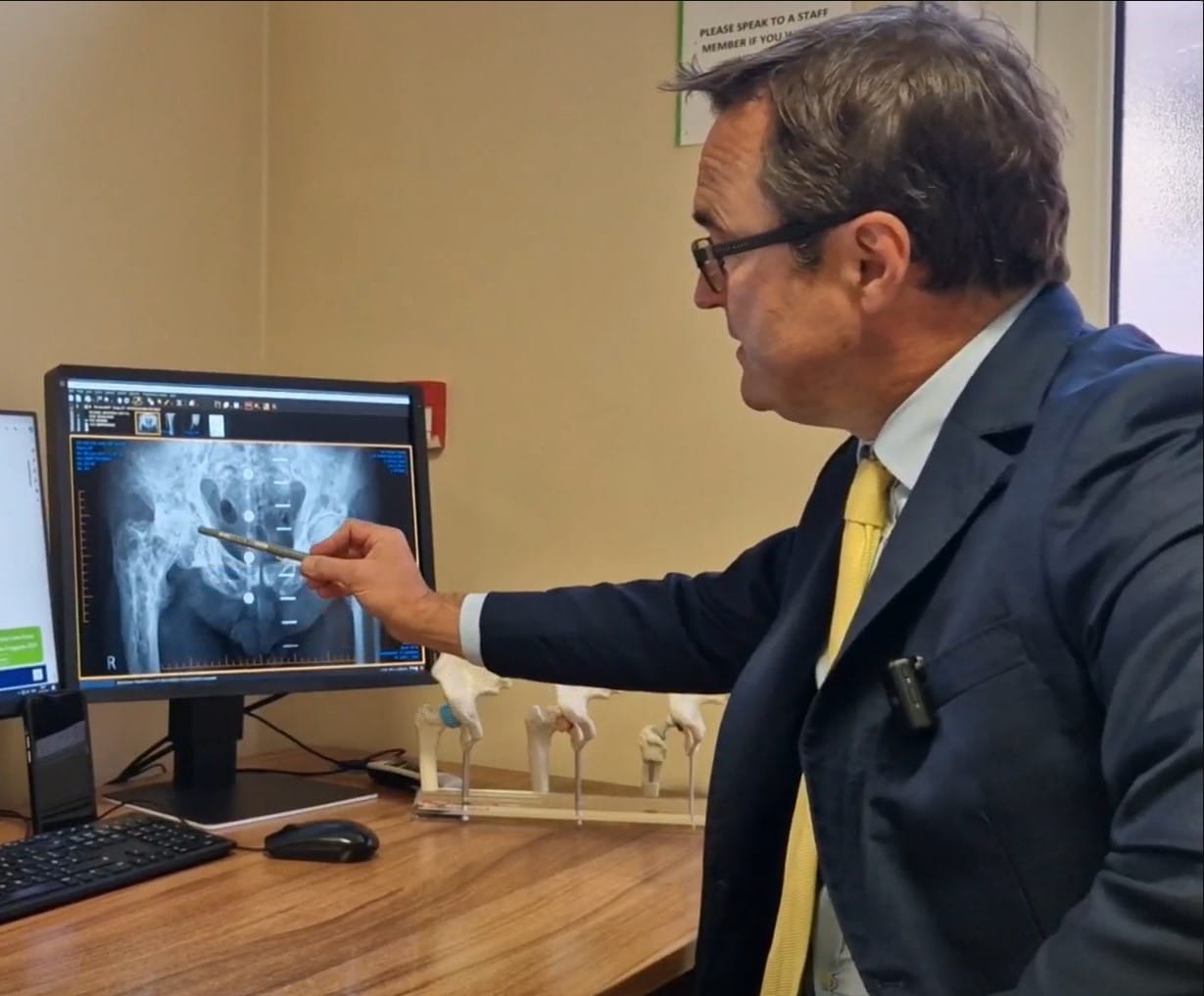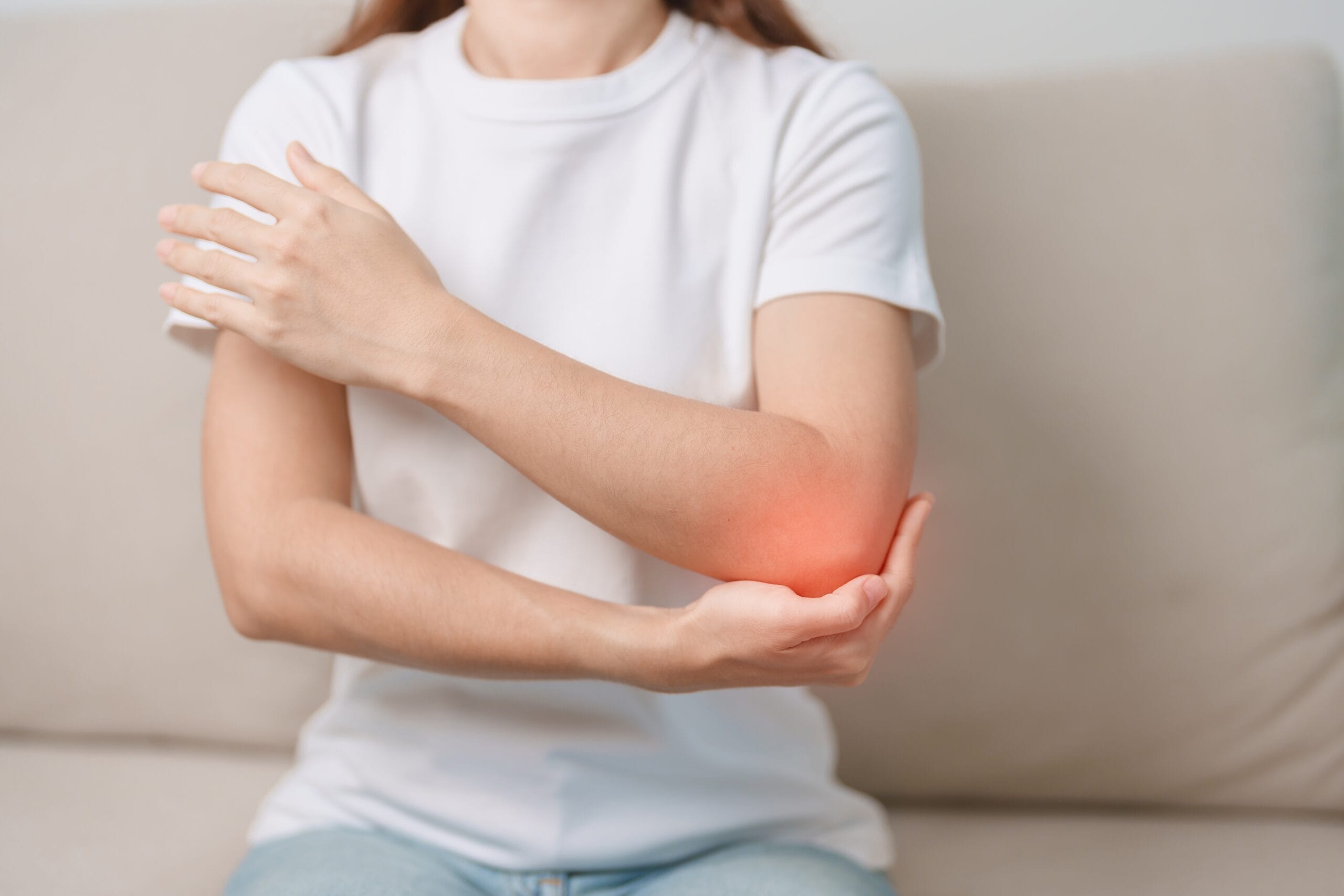Over three million people in the UK are thought to be living with osteoporosis, with many more going undiagnosed. Although osteoporosis is a common problem many people face as they age, it is sometimes preventable.
Osteoporosis can impact your overall wellbeing and quality of life, stopping you from doing the things you love. That’s why we’re discussing the best ways to look after your bone health in our latest blog post.
Discover how you can prevent osteoporosis with The Horder Centre.
Understanding osteoporosis
Osteoporosis is a bone disease that occurs when bone density decreases, leading to fragile bones that can fracture or break easily.
Our bone density naturally decreases as we age, but not everyone will develop osteoporosis.
Fortunately, there are things you can do to reduce your risk of it developing and protect your bone health for as long as possible.
Symptoms of osteoporosis
One of the main problems with osteoporosis is that most people will not know they have the condition until they fracture or break a bone.
You will then most likely be assessed for the condition but, by that point, it will already have developed. Unfortunately, osteoporosis is not reversible, so prevention and early detection are the best treatments.
If you break a bone after a low-impact fall, you should be screened for osteoporosis.
Causes and risk factors of osteoporosis
The main cause of osteoporosis is ageing. Losing bone density is a natural part of ageing and many people end up developing osteoporosis as a result.
However, many different factors put you at risk for osteoporosis, and these vary depending on your gender. For example, when women go through menopause, their oestrogen levels drop drastically. This causes their bone density to decrease and can lead to the development of osteoporosis. Low levels of testosterone in men have also been linked to an increased risk of osteoporosis.
Other risk factors for osteoporosis include:
- Overactive thyroid gland
- Pituitary gland disorders
- A family history of osteoporosis
- Being underweight
- Long-term use of steroid tablets (commonly used to treat asthma and arthritis)
- Rheumatoid arthritis
- Malabsorption problems (coeliac or Crohn’s disease)
- Heavy smoking and alcohol consumption
- Having an eating disorder, such as anorexia
However, it’s important to remember that, if you have one or more of these risk factors, it’s not guaranteed you will develop osteoporosis.
Preventing osteoporosis
Although there are some risk factors of osteoporosis you cannot change, there are things you can do to lower your risk and hopefully prevent the condition. For example, leading a healthy lifestyle can contribute to healthy bones and a reduction in osteoporosis risk.
Lifestyle changes to make include:
- Eating a well-balanced diet
- Exercising regularly
- Giving up smoking
- Reducing or limiting your alcohol intake
- Getting enough sleep
Now, let’s take a closer look at the nutrition, supplements and vitamins you need to support your bone health.
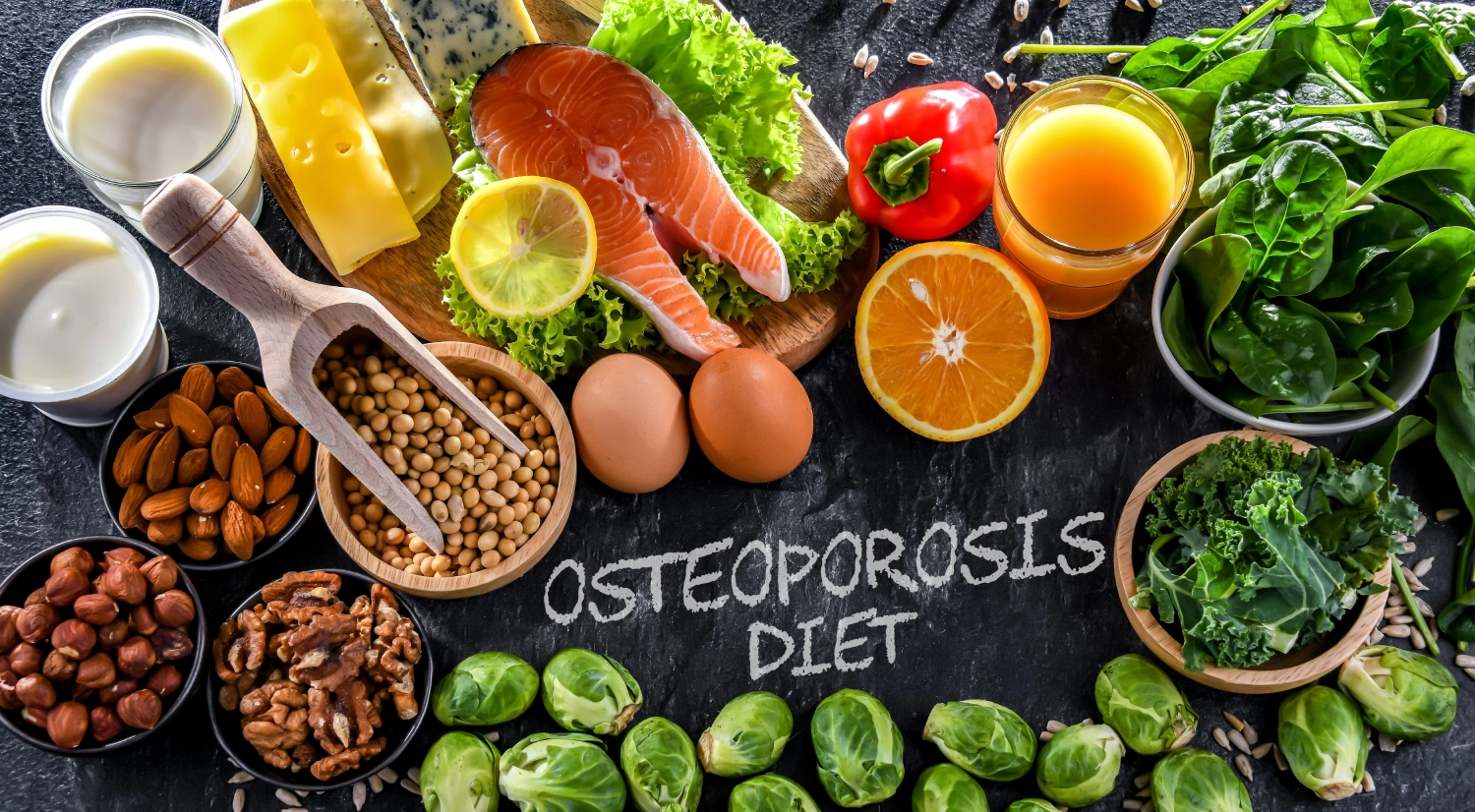
Nutrition for bone health
Through your diet alone, you can promote good bone health. It may take some adjusting and intentional food planning, but the benefits of eating a nutritious diet that enhances your bone health are invaluable. At the very least, you should aim to eat a diet that contains five fruits and vegetables each day.
Protein
Protein is crucial for your bone health. You don’t have to be a gym-goer to track your protein and, once you start, you may realise you’re eating much less protein than you thought you were. Most adults need to eat 0.75 g of protein per kilo of their body weight each day.
Foods high in protein include:
- Red meat
- Fish
- Chicken
- Tofu
- Nuts
- Eggs
- Dairy products like Greek yoghurt, milk and cheese
- Oats
- Brown rice
With so many protein-rich foods out there, incorporating them into your diet should be simple.
Calcium
The average adult needs around 700 mg per day of calcium to maintain strong and healthy bones. With so many foods high in calcium, you should be able to get enough by eating a well-balanced diet.
Foods rich in calcium include:
- Milk, cheese and other dairy products
- Leafy green vegetables, like kale
- Soya drinks fortified with calcium
- Bread or cereal fortified with calcium
- Fish where you eat the bones (like sardines)
Just 200 ml of milk contains 240 mg of calcium, so by combining different calcium-rich foods in your diet, you can meet your nutritional needs for optimal bone health.
Supplements and vitamins
Sometimes it can be difficult to get all the nutrition you need from your diet. There can be a variety of reasons for this, but overall, a diet that’s low in one or more key nutrients increases your risk of osteoporosis. If this is the case for you, taking supplements can be a good option.
Vitamin D is an essential nutrient your body needs to help keep your bones strong and prevent osteoporosis. However, vitamin D doesn’t just come from food – it also comes from the sun.
When you live in a place like the UK, where the sun doesn’t shine brightly all year round, it’s very easy for your levels to rapidly decrease during winter. Supplements can be a great way to replenish your vitamin D levels and promote healthy bones for the long term.
Of course, there are lots of other vitamins and minerals your body needs that promote bone health; increasing your intake of these through your diet or supplements could reduce your risk of osteoporosis.
These vitamins and minerals include:
- Zinc
- Selenium
- Magnesium
- Vitamin K
However, before you start taking any supplements for osteoporosis prevention, make sure to speak with your doctor, as certain supplements may interfere with other medications.
Taking HRT
In addition, women who go through menopause and subsequently have lower levels of oestrogen can benefit from taking hormone replacement therapy (HRT).
This treatment contains either oestrogen only or both oestrogen and progesterone. As a result, taking HRT boosts your oestrogen levels and can prevent your bone density from lowering so much that it leads to osteoporosis.
Vitamin D and oestrogen are the most effective for preventing osteoporosis. This is because they are two of the leading protectors of bone health yet both naturally decrease with age, even when leading a healthy lifestyle.
Preventive measures for different ages
You should try to lead a healthy lifestyle at all ages but there are some preventative measures you can take that are best suited to specific age ranges.
The younger you take preventive measures, the better. Maintaining a healthy diet and exercise regime during your 20s and 30s can set you up for better bone health later on. You should also try to avoid cigarettes and alcohol and incorporate weight-bearing exercises and cardio into your regular workout routine. Be sure to get enough calcium and vitamin D, either through your diet or supplements, too.
In their 30s, 40s and 50s, women in particular will need to pay more attention to bone health as they usually go through menopause during this period. If you are experiencing the symptoms of menopause, it can be a good idea to speak with your doctor about the possibility of taking HRT. Not only can it enhance your quality of life by reducing your symptoms but it can also strengthen your bones by increasing your oestrogen levels — potentially preventing osteoporosis.
However, both men and women should continue to lead healthy lifestyles throughout their 30s, 40s and 50s, and make sure to keep exercising regularly.
In your 60s, 70s and 80s, your lifestyle can change dramatically as you start to notice your body slowing down. You might not be as mobile as you once were either. Adjusting the intensity of your workouts can help you maintain an active lifestyle without risking injury. Try taking up activities like tai chi, walking, swimming or cycling that are gentle on your body but still promote bone health.
What makes Horder Healthcare unique
Horder Healthcare is committed to providing the very best quality of care for our patients and customers. We are continuously working on improving and reducing risks and this is reflected in our consistently high CQC results, patient satisfaction questionnaires and minimal levels of infection.
We are a charity
We reinvest our profit to benefit more people and help us achieve our aim of advancing health.
